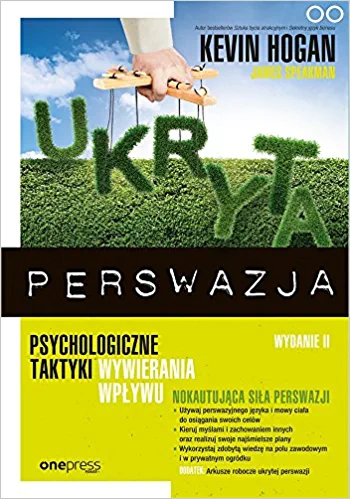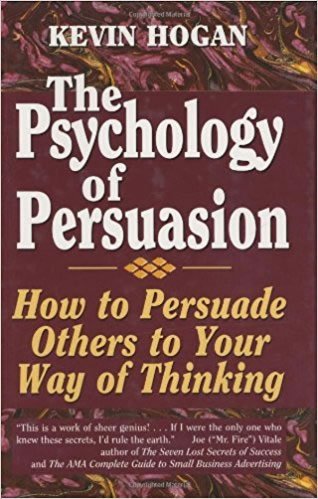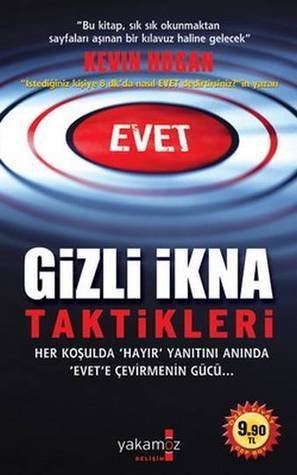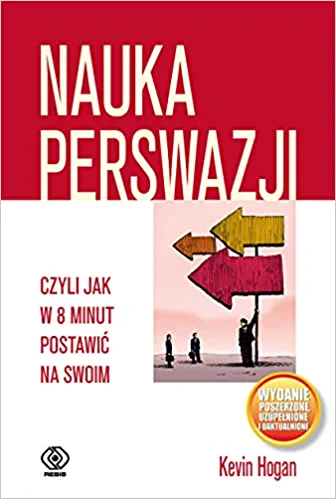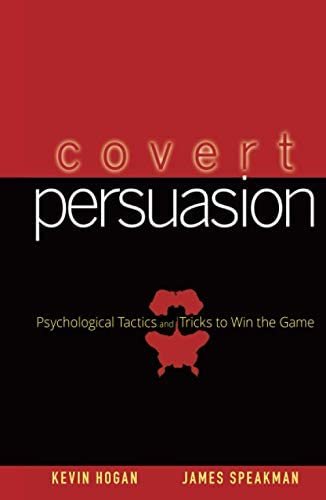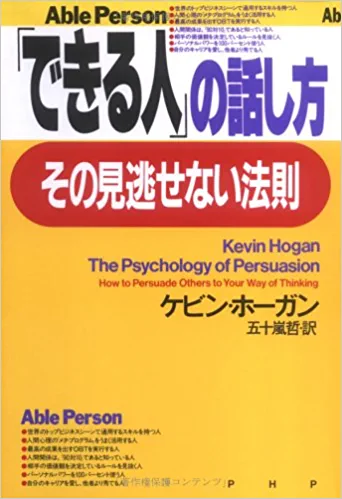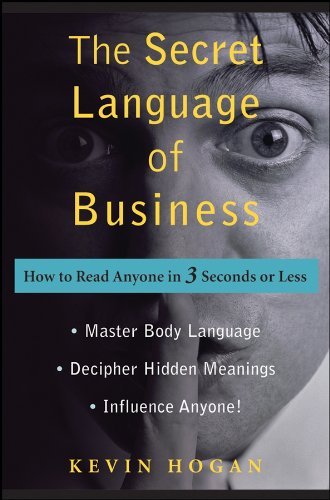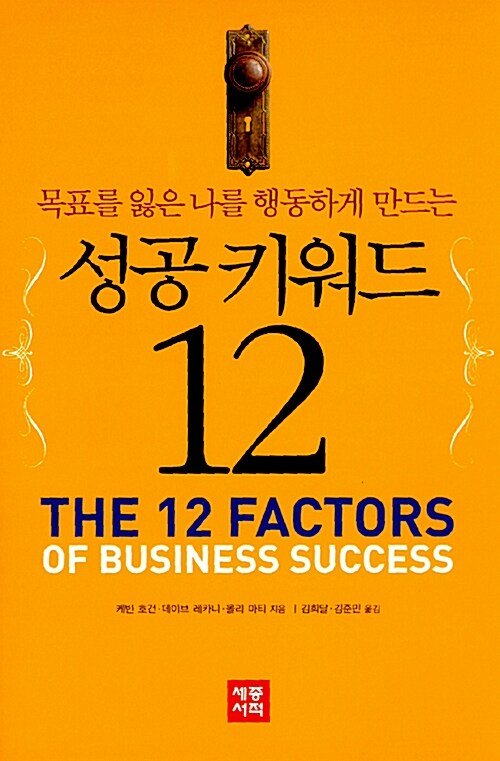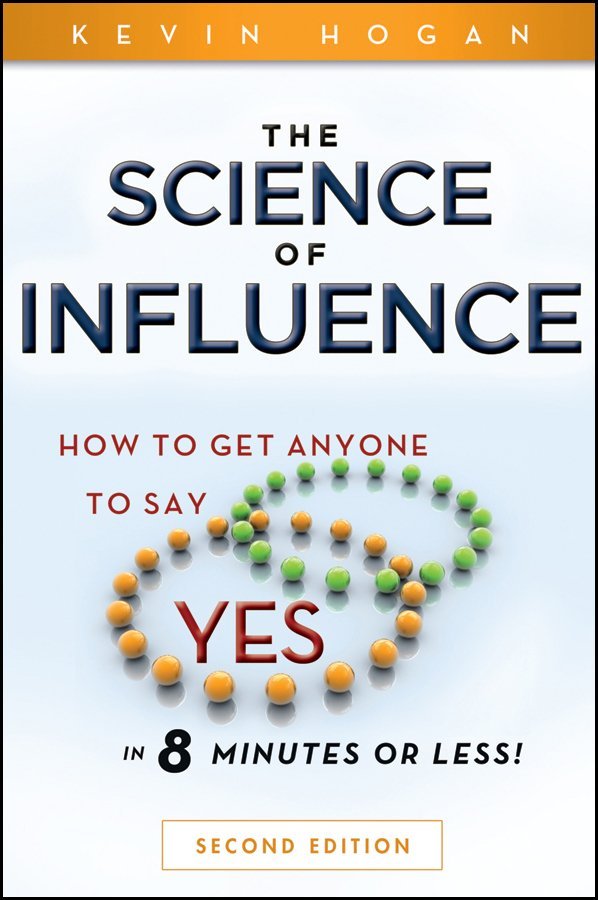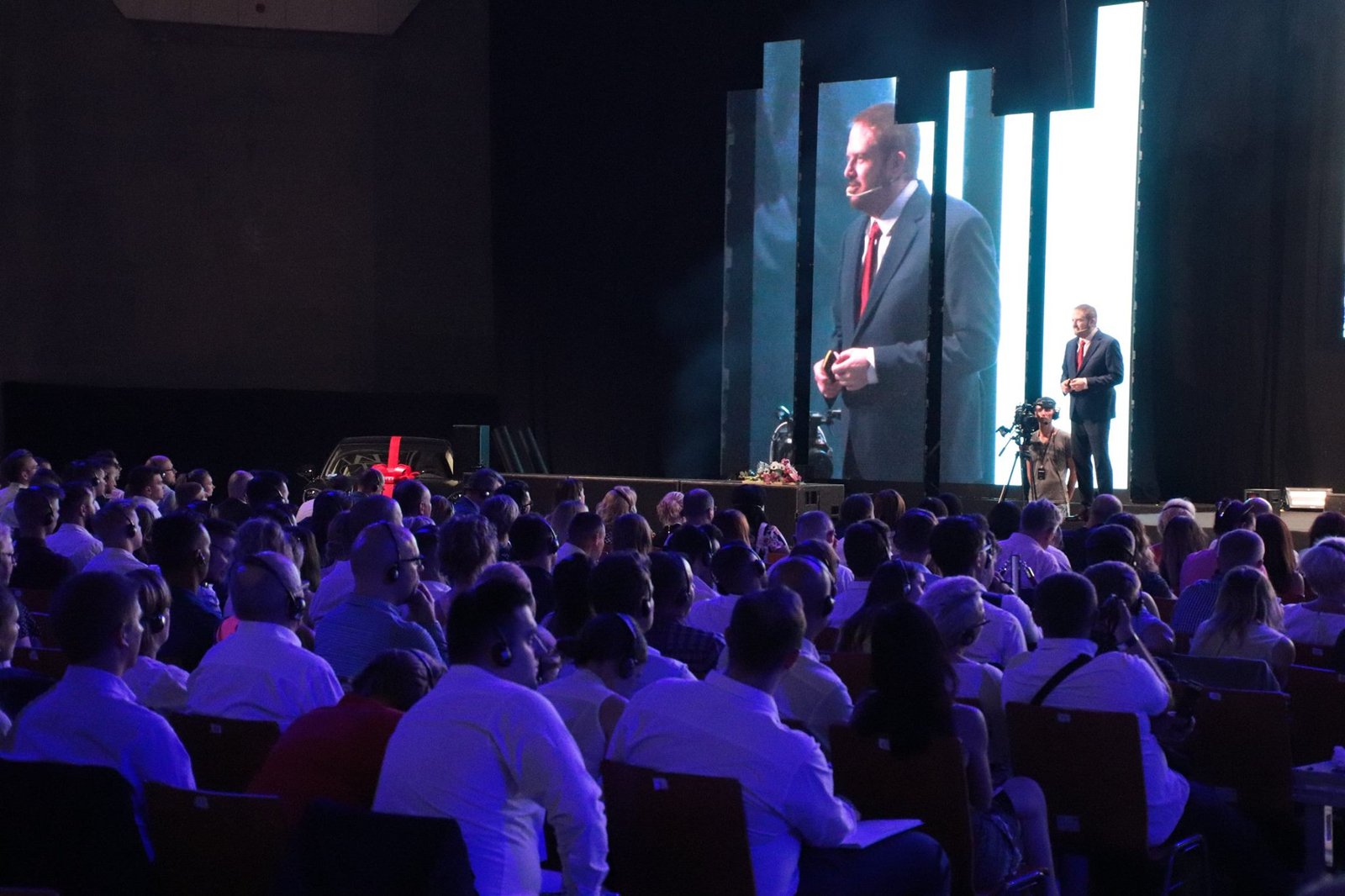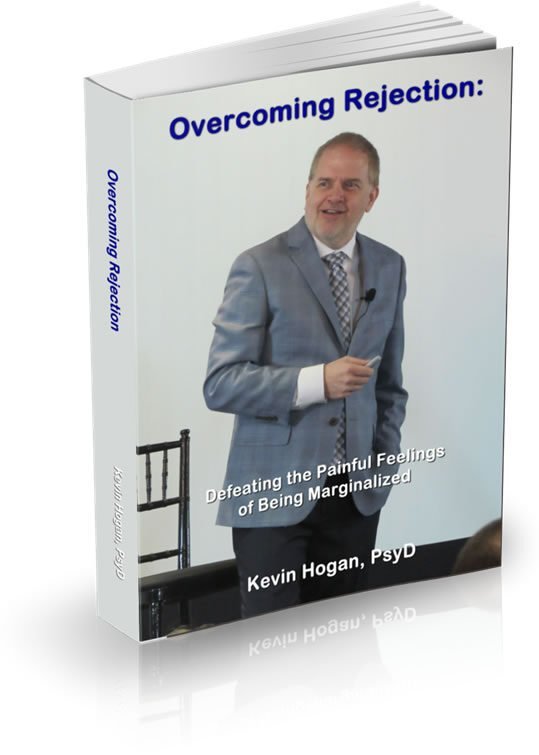
Ah….It is NICE to BE BACK!
Let’s get right to it…
Suggestion can easily screw up someone’s life.
Suggestion can easily trigger wealthy and healthy behaviors.
Suggestion can easily save your life.
Suggestion can easily cause someone to believe they committed a crime they did not commit.
Suggestion can easily kill you.
And just who gives these suggestions? The Cult? The Brainwasher? The hypnotist? The government? The movie? The video game?
Of course.
And you and me.
What’s interesting is that very few suggestions accomplish their intended result.
Suggestions don’t work they way people think they do, or “I’m going to kill you,” would turn into a lot more deaths than it does.
Same is true for, “you idiot, what were you thinking?” or “you are such a moron,” doesn’t demand the person becomes an idiot or moron.
Sadly people believe that, “I’m a skinny person,” over and over causes the person to be a trimmer better you, and it simply isn’t true. Not even a little. The real evidence shows that most suggestions from most people have no effect, or, a boomerang or reverse effect.
The idea that someone could suggest, “and each day you will become thinner and thinner until you look amazing in that new bathing suit,” is also, perhaps disappointingly, not going to happen in real life as a result.

Summary, suggestion can kill you, make you wealthy, accomplish nothing, waste your time, fail miserably; and it is all predictable once you have the algorithm(s).
Suggestion is one approach with many, many different streams, rivers and oceans of movement, force and depth to shifting beliefs, making decisions, persuading and changing behaviors.
Suggestion in the context of hypnosis or hypnotherapy can be more or far less effective than suggestion outside of the context. As you learn to understand what suggestion strategies are effective and which are not you gain a huge advantage in having people do what you want them to do.
Manipulation of minds is something that concerns me, disturbs me, excites me, inspires me, helps me see real danger where most see nothing. Suggestion is far more than words, it is tone of voice. It is often COMPLETELY counter intuitive. It is about body language, nonverbal communication, internal expectancy, fundamental beliefs, authority, multiple levels of context and environmental cues. Suggestion is misunderstood, almost completely by educators, doctors, scientists, those searching for a connection and parents.
Suggestion models demand that I caution people who are now hooking their brains mindlessly into movements that seem to be well intended when in fact they are like cars heading straight into a brick wall.
Why is it that the power of suggestion is often measured as being far more efficacious outside of a therapists office?
You’ll remember when I shared with you not all that long ago, just asking the question of individuals, “Will you buy a laptop computer before the end of the year,” and they are more likely to do so than those not asked.
That’s pretty remarkable. Ask once and they become more inclined months later than those not asked.
And you’ll remember that I shared with you that asking people if they are going to do something not so great, like starting or stopping smoking, or how often they are going to do something like, “how often will you cheat on your diet?” increases people’s cigarette use and cheating on their diet.
Hypnotic Suggestion (well structured) can have a dramatic influence on human behavior.

How do tiny suggestions make HUGE differences?
Would you like fries (cookies) with that?
When I was a fast food restaurant manager approximately 10% of all suggestive selling attempts, were successful without asking a second time or explaining the offer. “But Kev, why don’t they work 90% of the time?”
Everyone in business knows that 10% of customers doing just a little more business with you is HUGE.
Seems miniscule, right?
Anyone can see that at first glance. But there are no additional labor costs. There are no additional fixed costs. All there is, is the cost of the french fries. That’s it. “Profit” is a tricky word of course, because it’s like “love” or “happiness” in that it doesn’t mean anything until you figure out what it means.
That 10% of people saying “yes” to the suggestion adds about $1.10 of the $1.50 retail to the bottom line. That is more than the 20 oz. Pepsi portion of the original order and the food cost there is only about 13% or so.
When the cashiers used simple practiced suggestion with correct intonation, pitch and speed paid for the cost of an employee for an entire day. Said another way that’s about $70 per day which is $30,000 per year in bottom line.
Nothing is “going to work” 90% of the time because a lot of people shouldn’t have cookies or fries, can’t have cookies, don’t have the money for fries and so on, BUT… if I had a contract with a fast food restaurant in 2020, I’d test almost a dozen different phrases such as, fries (cookies) with that? Because of the way humans respond to questions in the English language, this specific suggestion will do better than the original suggestion that I shared with you (the one we actually used) And there are 1-5 other simply worded suggestions that will double the 10% of people purchasing.
The Power of Suggestion

In my experience, people came into the store and knew what they wanted because they ordered the same thing every time we saw them. This consistency is very important because when the manager (me) is ordering food for the week he doesn’t get to be off on projected sales by more than a few percent each week. You don’t get to blunder on calculating what your customers will be ordering. You must order 600 pounds of this, 85 pounds of that, 35 pounds the other thing and so on. 4000 customers will walk in the doors in a week and you KNOW what they will be ordering.
One of the hidden powers of suggestion should be obvious. It allows you to give someone a great experience without spending extra money.
A high speed environment like lunch time at a fast food place is packed with lessons. This is one of the great one’s.
400 people come Friday at lunch. They place an order. 40 people purchase the suggested item. Let’s says that item is $1.50. That’s $50 pure added profit just at lunch.
$50 for doing nothing. (saying 5 words)
The cost of labor and the cost of food are the two big expenses you have in a store (excluding the loans you take out to start the business and after it has been opened for business).
Yet most businesses do not use the power of suggestion, forget hypnotic suggestion.
They simply skip the suggestive selling and refuse to be profitable.
Simple, basic concept.

In other retail environments, let’s say an upscale restaurant, suggestive selling is far, far more profitable. “Would you like to see the desert menu?” That desert is $10 and more for just two people, and if you simply bring the desert menu with you instead of asking the person if they would like to see the desert menu, sending the waiter to go get it, you DOUBLE the sales.
You do NOT ask, “Would you like desert?” nor do you ask, “Will there by anything else?”
The menu costs nothing, has no calories and requires no commitment.
In this setting, a well formed and consistent suggestion to purchase, can pay for the servers salary many times over. And that is with a LOUSY question like, “Would you like desert?”
No, no, no.
Come on. The desert menu is right around 88% profit.
“Would you like to give her something sweet for desert?” (try saying no to that)
Desert is not about the person eating desert themselves. That gets you your 10%. The desert menu is about connection, staying longer in the restaurant which often means another glass of wine or coffee BEYOND the suggested desert menu. There is one nice place in Edina that DOES this simple 55 second drama right and they should easily do another 250,000 in profit per year because of their simple execution of suggestion strategy.
Suggestions can trigger almost instant compliance or an instantly resistant, “no way, not me!” Most often it’s not structured correctly and thus the surefire tactic generates no profits where it could and should be stellar.
Structured suggestions are not computer generated communications.
These suggestions are very human and must-
- bypass critical THOUGHT or
- directly and fully challenge critical thought by
- stating them with correct intention, desired outcome, tone, pace and pitch and
- be tested once developed from proven structures
“Chocolate sorbet or apple pie for the lady?”

Typically the exact words matter, but they matter only as much as the tone of voice and cadence of the delivery of the suggested question. The moment is rehearsed thousands of times (usually a couple of weeks in real time) with specific language and specific delivery and very specific nonverbal communication. Then you count your profits.
What is it that causes a suggestion to be acted upon?
Here you’ll have the answer.
If Brianna suggests something to hundreds of people like Veronika, some will act and some will not act upon that suggestion.
Depending on certain variables (Among other factors, Brianna’s authority, status, attractiveness, competence, the environment) you and I could figure out how significant Brianna’s suggestion power is, quite quickly.
But Brianna could do one thing today that would make her influence with Veronika more powerful. There is one thing that she can do to increase the chances that Veronika will comply with what Brianna wants to have happen.
She can ask suggestive questions. She can offer direct suggestions. The questions can be designed to bypass the anti-suggestive barrier or to challenge the anti-suggestive barrier. Both are hypnotic in nature.
“And Mr. Hogan (three people called me Mr. Hogan this weekend, PLEASE don’t do that. Mr. is reserved for …well…not me!), isn’t it true that you’ve been using your GE refrigerator for 10 years and haven’t enjoyed it?”
“Yes.”
“And wouldn’t it make sense to increase your convenience and pleasure by owning the new Bosch Refrigerator?”
“Yes.”
And if I were to give you the lowest possible price, would you buy it today?”
I just imploded because of the pressure.
The high pressure salesman sounds just like the District Attorney. The funny thing is, this style of questioning a client (interrogating a criminal) was standard practice for many companies for years and years.
And then they realized they made fare fewer than average sales.
Is it any wonder that the PUBLIC places little credibility in salespeople when they communicate identically with those accused of committing a crime?!
What is it that makes an effective hypnotic question?
Imagine, this.
“Hey, Kev, what would you think of seeing a couple of options that will keep the repairman away, warranty included and cost half the price of this one?”
It’s hypnotic because it bypasses critical thought as it resonates with a key desire, spending un-necessary money and time on repairs. It’s suggestive and directs attention away from obstacles. Sure you have mixed feelings about buying vs. repairing, so let’s see if you can pick up a few ideas about using questions when their are mixed feelings involved.
Meanwhile the rep could use direct hypnotic confront with,
“Kev, I’ve been out here 3 times this year. That’s a thousand bucks. You’re going to put the house up for sale. You don’t want to spend $8000 on your next fridge but you don’t want this one in the house when buyers come. It will go out when you’re out of town, you can’t get it fixed and obviously you have to disclose it one way or the other. Let me have a Bosch Model 283 delivered Friday and take this massive chronic mess away forever. Yes?”
That’s hypnotic. It brushes right up against the antisuggestive barrier. It will repel the suggestion if the suggestion has any hint of B.S. But it doesn’t. The rep is compelling because he used one of the two fundamental structures of hypnotic suggestion.
A recent study of predicting whether people would perform vice behaviors more often based upon suggestion of doing such behaviors, in the form of a QUESTION showed fascinating results.
A new study by researchers from Duke, USC, and UPenn is the first to explore how questioning can affect our behavior when we have mixed feelings about an issue.
The study, in the June issue of the Journal of Consumer Research, found that asking people questions, like how many times they expect to give in to a temptation they know they should resist, increases how many times they will actually give in to it.
“Research on attitude formation has increasingly recognized that attitudes can be comprised of separate negative and positive components which can result in attitude ambivalence,” explain Gavin Fitzsimons (Duke University), Joseph C. Nunes (University of Southern California), and Patti Williams (University of Pennsylvania).
“In the present research we focus on vice behaviors, those for which consumers are likely to hold both positive and negative attitudes. We demonstrate that asking consumers to report their expectations regarding how often they will perform a vice behavior increases the incidence of these behaviors.”
Intention questions are generally perceived as harmless, and the researchers found that this may cause consumers to lower the guard they would otherwise have with more explicitly persuasive pitches, such as advertising.
In a series of three experiments, they demonstrate that seemingly benign questioning may serve as a liberating influence that allows consumers to give in to their desires more often than they would have otherwise.
For example, the researchers asked a group of actual college students how often they intended to skip class in the following week.
Another control group of students was asked how often they intended to floss.
Over the course of a semester, the group that was asked how often they intended to miss class ended up with one more absences, on average, than the group that was not asked.
As the authors explain: “Despite very real negative repercussions, respondents to a question about their future class attendance engaged in the negative behavior (missing class) at a significantly greater rate than those not asked to predict their behavior.“
The results were especially pronounced for those with chronically low self-control, and the researchers point out that their findings pose a public policy dilemma for survey researchers who ask questions about vice behaviors in order to gain insight and discourage them.
The Antidote?
“Fortunately, we also document two moderators of the effect that can prevent intention questions from exacerbating indulgences in vices,” the researchers write, “(a) having people explicitly consider strategies for how they might avoid the behavior, and (b) having people create a self-reward for sticking with their stated usage patterns.”
Original Research Reported in Article: Gavan J. Fitzsimons, Joseph C. Nunes, and Patti Williams. “License to Sin: The Liberating Role of Reporting Expectations,” Journal of Consumer Research

